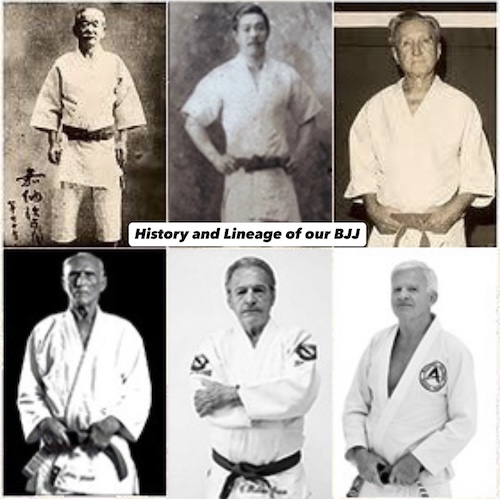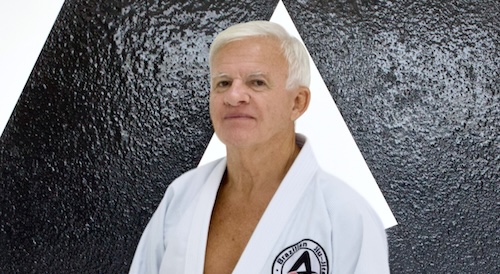
History of Brazilian Jiu-Jitsu
One of the most accepted theories as to the origins of Jiu-Jitsu is that this form of combat originated with the Ancient Greeks. Six centuries before the earliest Japanese record of unarmed combat, a martial sport similar to Jiu-Jitsu existed in Greece. This grappling and striking martial art was called the Pankrateon, meaning the all powerful art...
Read More
History of Master Aloisio Silva
By the late 1970s, Aloisio Silva, who was already a black belt in Judo, a practitioner of Luta Livre Humana, Capoeira, boxing, Karate, and wrestling, became a pupil of Brazilian Jiu-Jitsu. Due to his already vast knowledge of various martial arts, he was a quick learner of Jiu-Jitsu and very soon was not only a pupil but a teacher, having received his black belt from Carlos Robson Gracie...
Read More
History of Professor João Silva
Professor Joao “Jon” Silva was born in 1982 in Rio de Janeiro to Helena Pinho da Silva and Aloisio Silva. Unlike most kids, Joao started training Brazilian Jiu-Jitsu at age 3 with his father and master Aloisio Silva. At that time there were not many kids doing Brazilian Jiu-Jitsu and there were no tournaments for kids in Jiu-Jitsu, so Joao started training Judo as well...
Read More
History of Bill Parker Sensei
Bill Parker is the head instructor for the Judo & Aikibudo programs taught at Silva Academy. Parker-sensei has over 50 years of experience in several martial arts and has been practicing Kodokan Judo for many years and Aikibudo since 1992. He is a 6th Dan (degree) black belt in Kodokan Judo and in Jiyushinkai Aikibudo...
Read MoreAreas We Serve:
- Lewisville
- Coppell
- Flower Mound
- Hebron
- Grapevine
- Highland Village
